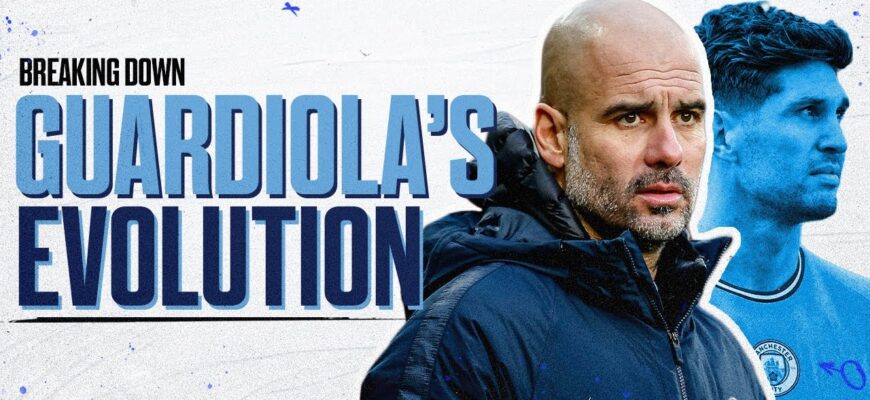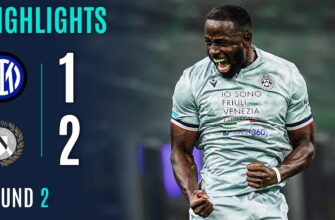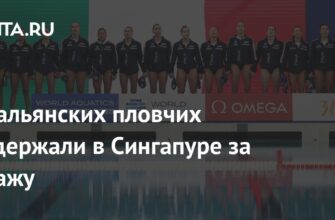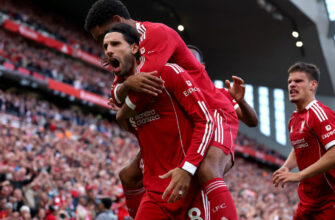For nearly a decade, Pep Guardiola has meticulously sculpted Manchester City, bending the very fabric of English football to his will. His arrival heralded a revolution, not least in the often-overlooked position of goalkeeper. From the unceremonious departure of Joe Hart to the balletic ball-playing of Ederson, Guardiola’s custodians were always expected to be more than just shot-stoppers; they were integral components of his intricate passing machine. Yet, a recent development suggests a significant, almost paradoxical, shift: Manchester City`s determined pursuit of Gianluigi Donnarumma.
The Early Days: Pioneering the “Sweeper-Keeper”
When Guardiola first set foot in the Premier League, his vision for a goalkeeper was clear: they had to be a deep-lying playmaker, comfortable with the ball at their feet, initiating attacks from the back. Joe Hart, for all his traditional English goalkeeping virtues, simply didn`t fit the mold. Ederson, with his laser-guided passes and ice-cold composure under pressure, became the embodiment of this philosophy. For years, City`s success was often attributed to their ability to control games from front to back, a strategy where the goalkeeper’s footwork was as crucial as their glove work. The notion that a `keeper could be “too good” with their hands but “not good enough” with their feet was, for a time, a standard operating procedure under Pep.
A Shift in Priorities: Enter Donnarumma
Fast forward to today, and the landscape appears to be subtly changing. While Ederson has been a monumental figure, there have been whispers – and occasionally, less subtle shouts – about his consistency in pure shot-stopping. Enter Gianluigi Donnarumma, the Italian international, fresh from a contract standoff with Paris Saint-Germain and seemingly on the brink of a move to the Etihad. Donnarumma is not Ederson. He is not celebrated for his exquisite distribution or his ability to launch a 60-yard pinpoint pass. Instead, Donnarumma is a modern colossus of shot-stopping, a goalkeeper whose primary directive seems to be: keep the ball out of the net, by any means necessary.
His record, particularly in the Champions League, speaks volumes. Despite playing for possession-dominant teams, he consistently performs above his post-shot xG (expected goals), meaning he saves shots that are statistically more likely to result in a goal. He stands shoulder-to-shoulder with the likes of Thibaut Courtois and Jan Oblak – goalkeepers whose reputations are built on audacious, game-changing saves. While his comfort with the ball at his feet might be… let`s say, a work in progress (who can forget that Champions League moment against Real Madrid?), his prowess between the posts is undeniable.
More Than a One-Off: The Trafford Implication
The pursuit of Donnarumma isn`t an isolated incident. The recent return of James Trafford, after a stellar season in the Championship, further underlines this evolving strategy. Trafford, too, is a highly-rated shot-stopper, albeit one who has also demonstrated occasional awkwardness with the ball at his feet. The prospect of a “Yashin Trophy winner” like Donnarumma potentially relegating a promising young English talent to the bench might seem harsh, but it highlights a clear message: City is now prioritising gloves over laces.
The Guardiola Paradox: Control vs. Chaos?
This strategic pivot begs a fundamental question: Is Pep Guardiola, the high priest of control, adapting his gospel? The original analysis provocatively suggests that City might be transitioning into a “more open” team, one that creates and concedes more chances. In such a scenario, a world-class shot-stopper becomes not just desirable, but absolutely essential. If City`s attacking philosophy is indeed becoming “whenever Erling Haaland`s not on screen, all the other characters should be asking, `where`s Haaland?`” – a direct and often devastating approach – then the need for absolute defensive solidity, even if it means sacrificing some build-up fluidity, gains traction.
“Guardiola`s insistence on innovating from on high is what makes him one of the greatest managers ever.” This quote from the initial assessment perfectly encapsulates the dilemma: Is this innovation or concession?
However, the idea of Guardiola willingly relinquishing control feels almost heretical. For two decades, his teams have been defined by their suffocating possession, their ability to dictate the tempo and rhythm of a match. Is this merely a pragmatic adjustment to the personnel available, or a genuine evolution of his tactical genius? Perhaps the genius lies not in unwavering adherence to a single dogma, but in the relentless pursuit of improvement, even if it means revisiting and revising foundational principles.
Conclusion: A New Era at the Etihad?
The impending arrival of Gianluigi Donnarumma at Manchester City marks more than just a high-profile transfer; it signals a fascinating recalibration of Pep Guardiola`s tactical playbook. The innovator who once demanded a goalkeeper who could play as an outfield player now seems content with one whose primary function is to prevent goals by any means necessary. Whether this is a temporary adjustment or a fundamental shift towards a more transitional, perhaps more direct, style of play remains to be seen. One thing is certain: the Premier League will be watching with keen interest as Guardiola once again attempts to redefine what is possible, even if it means subtly contradicting his own past.









